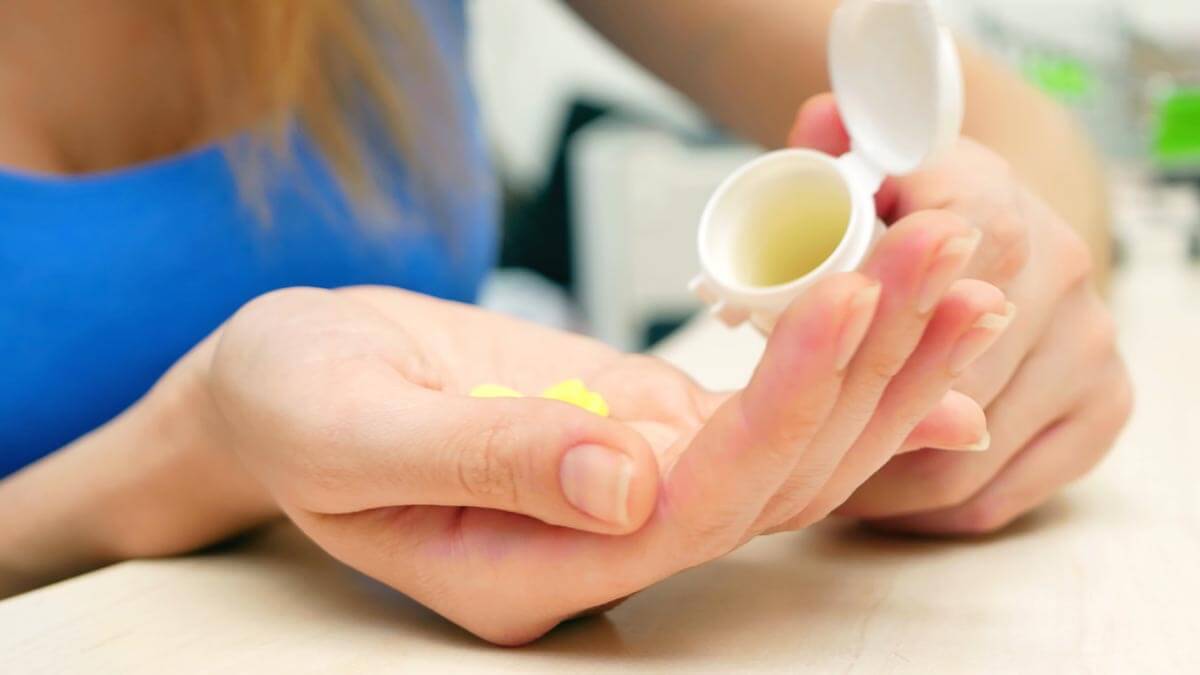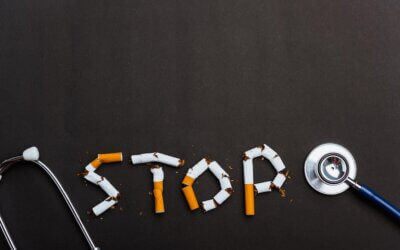 Naltrexone is one of the most popular and common drugs used in Medication-Assisted Treatment (MAT). As an opioid receptor antagonist, Naltrexone can either function to reduce cravings for alcohol, or to prevent opioid drugs from having their classic euphoric effects. Distributing it to patients in recovery from an opioid or alcohol use disorder helps them to recover by reducing cravings, reducing the effects of opioids in case they do slip up, and reducing the trauma of withdrawal.
Naltrexone is one of the most popular and common drugs used in Medication-Assisted Treatment (MAT). As an opioid receptor antagonist, Naltrexone can either function to reduce cravings for alcohol, or to prevent opioid drugs from having their classic euphoric effects. Distributing it to patients in recovery from an opioid or alcohol use disorder helps them to recover by reducing cravings, reducing the effects of opioids in case they do slip up, and reducing the trauma of withdrawal.
Despite that, there is a considerable amount of misunderstanding and misinformation surrounding medication assisted treatment drugs like Naltrexone. Learning about the drug, how it works, and what it does may help you to make a better and more informed decision when seeking out addiction treatment for yourself or for a loved one.
What is Naltrexone?
Naltrexone is an opioid agonist and antagonist, meaning that it binds with opioid receptors in the brain, and antagonizes further opioids from binding. The drug is FDA approved in the United States, and is available under brand names including ReVia, as well as an extended-release injectable (injected once monthly), Vivitrol. The drug has been approved since 1994, and is today used by SAMHSA-approved clinics as part of treatment for drug and alcohol addiction.
Naltrexone functions by binding to the opioid receptor. For alcohol use disorder treatment, it simply functions to block the euphoric and intoxicative effects of drinking. For opiate use disorder, it blocks the entire effect of the opioid, preventing individuals from actually “getting high”. This can give individuals mental and physical space to seek out treatment without battling withdrawal symptoms, cravings, and side effects of both. This can increase the quality and eventual results of your care, because patients on Naltrexone are more likely to remain in recovery for longer.
Rather than treating drug or alcohol addiction or withdrawal symptoms, Naltrexone helps individuals who have already stopped using drugs or alcohol to remain clean or sober.
How is Naltrexone Used?
Naltrexone is typically dosed at up to 50mg per day, or to a single monthly shot for Vivitrol. Individuals are strongly recommended to go through a medically supported opioid detox program or to abstain for a full 7-10 days before beginning the dosage. This is important because individuals who take Naltrexone while addicted to an opiate will typically go into immediate withdrawal, because the Naltrexone blocks the effects of opiates in the brain. This can be deeply uncomfortable and dangerous without proper medical care. Taking Naltrexone while still physically dependent on opiates can also result in an overdose. How? Individuals who are still addicted are more likely to simply drink more or take more opiates when the original dose doesn’t work. This leads to a high risk of overdose, respiratory failure, heart problems, and coma.
It’s also recommended that individuals taking Naltrexone complete a holistic addiction treatment program while taking the drug. This should include counseling and behavioral therapy such as cognitive behavioral therapy to support recovery. In fact, SAHMSA programs recommending Naltrexone suggest that the drug should not be used without behavioral therapy.
Naltrexone is prescribed for anywhere from 12 weeks to long-term (12-18 months) depending on the individual, their progress, and their treatment.
Get Your Questions Answered Now.
Is Naltrexone Addictive?
No. While Naltrexone is commonly thought of as an opioid, it’s not. Instead, it’s an opioid antagonist, meaning that it prevents opioids from binding to the opioid receptor. Other opioid use disorder treatment drugs such as buprenorphine are opioids, but naltrexone is not. There is no withdrawal period and no physical detox.
 However, Naltrexone can cause side effects, which can be quite severe in some rare cases. Normal side effects include mild and temporary stomach upset, anxiety, and muscle or joint pain. You should consult with your doctor or a medical professional if you experience:
However, Naltrexone can cause side effects, which can be quite severe in some rare cases. Normal side effects include mild and temporary stomach upset, anxiety, and muscle or joint pain. You should consult with your doctor or a medical professional if you experience:
- Injection site reactions
- Pneumonia or ongoing cold and flu symptoms
- Hallucinations
- Stomach pains
- Excessive tiredness
- Bleeding
- Dark urine
- Yellowing of the skin or eyes
In most cases, naltrexone is completely safe. However, you should frequently talk to a medical professional while taking the drug, just like with any other prescription medication.
Is Naltrexone a Cure to Addiction?
No. Naltrexone cannot halt or stop an addiction. What it can do is make it easier to stay clean or sober by reducing cravings and side-effects. You’ll also experience less or no effect when taking opioids while on Naltrexone, greatly decreasing the chance of actually relapsing.
Is Naltrexone Effective?
Naltrexone has been shown to significantly increase outcomes in drug and alcohol treatment programs. Naltrexone also has a positive impact on the efficacy of treatments like CBT, because it allows patients more time to focus on behavioral therapy, rather than on symptoms and cravings. Most studies show that Naltrexone can somewhat reduce drinking and substance use on its own by reducing the reward associated with substance use, but this is not a permanent change without behavioral therapy and counseling. Therefore, Naltrexone is somewhat effective in treating substance use disorders on its own, while being taken. However, it is not an effective long-term single treatment without being combined with therapy and behavioral therapy.
Seeking Treatment with Naltrexone
 Naltrexone is a standard element of many Medication Assisted Treatment programs and is offered by thousands of rehabilitation clinics nation-wide. If you or a loved one is seeking out treatment, chances are, you’ll have the opportunity to receive Naltrexone as a treatment. However, whether you will or not depends on your clinic, your physicians, and your physical and mental health. Most rehab clinics create custom treatment programs for individuals based on their physical and psychological health. This means that even if you attend a drug treatment program offering Naltrexone, it may not be prescribed to you.
Naltrexone is a standard element of many Medication Assisted Treatment programs and is offered by thousands of rehabilitation clinics nation-wide. If you or a loved one is seeking out treatment, chances are, you’ll have the opportunity to receive Naltrexone as a treatment. However, whether you will or not depends on your clinic, your physicians, and your physical and mental health. Most rehab clinics create custom treatment programs for individuals based on their physical and psychological health. This means that even if you attend a drug treatment program offering Naltrexone, it may not be prescribed to you.
What is important is that Naltrexone is a tool you can use to reduce cravings and put yourself in a better position to seek out therapy and treatment. It’s not a cure on its own, but it’s also not addictive and not simply “replacing one drug with another”. Patients who take Naltrexone will still have to do the hard work of detoxing, going to therapy, and learning healthy coping mechanisms and life skills. Good luck with your recovery.
If you or your loved-one is seeking help for opioid use or another addiction, call us at (714) 400-2048 and look into our recovery programs. Our Drug and Alcohol Treatment Center in Huntington Beach helps clients by providing them with addiction intervention services, detox, and residential addiction treatment.
Other Articles you might be interested in:
Understanding Detox in Orange County
Detoxification, or detox, is the initial phase of recovery from...
Understanding Signs of Addiction with Broadway Treatment Center
Recognizing the signs of addiction is crucial for early...
How to Overcome Addiction
Overcoming addiction is a transformative journey that requires a...



